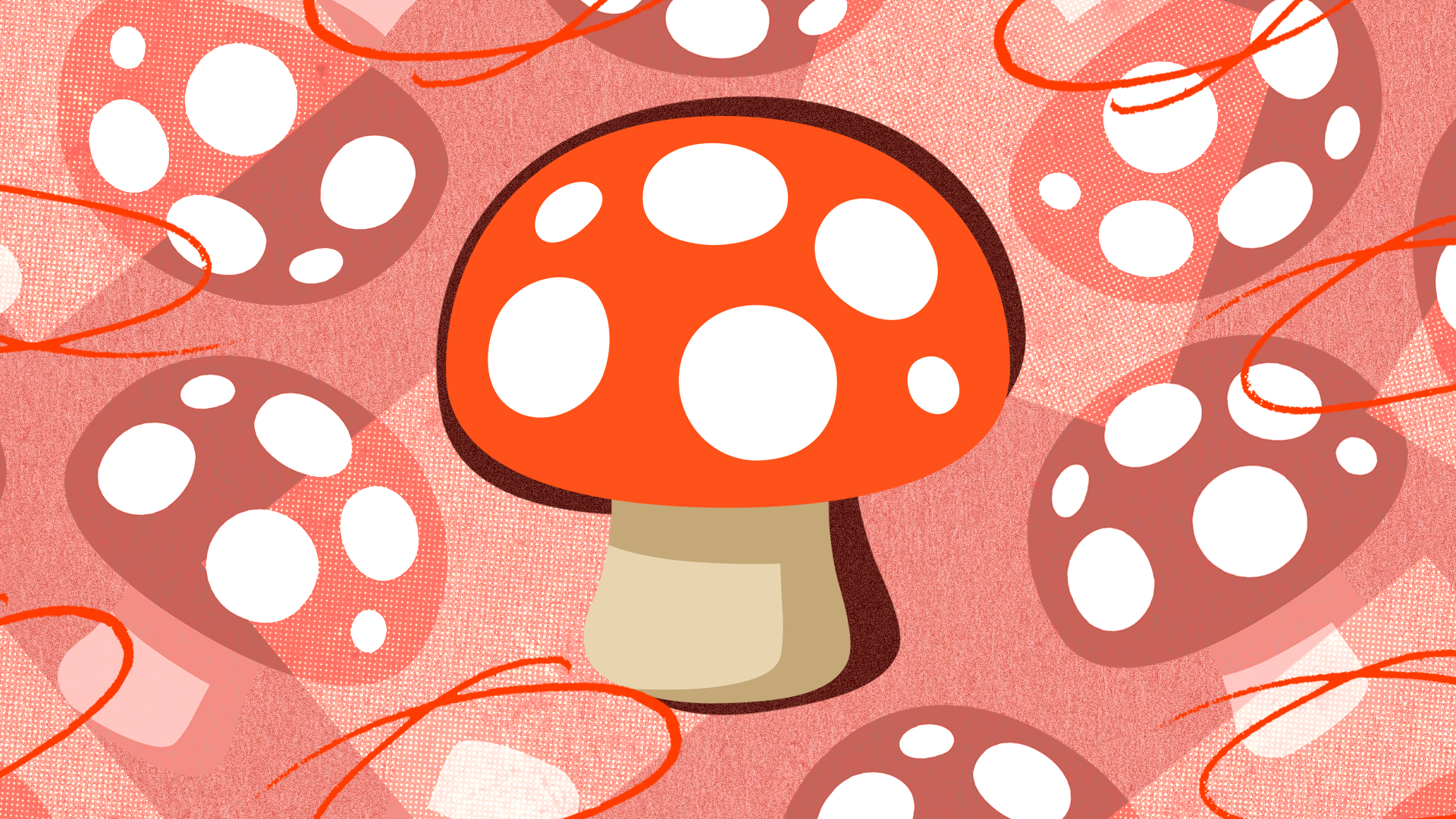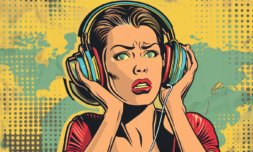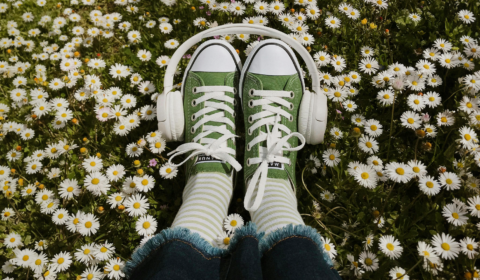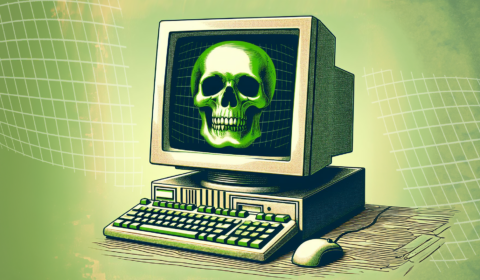Emojis are now such a key part of our language that ecologists from the University of Milan believe more variation could help generate interest in lesser-known organisms – and encourage conversations around conservation.
A team of ecologists from the University of Milan recently conducted the world’s most comprehensive survey on the flora and fauna of Emojipedia, the global catalogue of pictograms recognised by the international Unicode Standard.
They concluded that there was not enough emoji representation for flowers and flora compared to other subject matter.
For example, while there are millions of fungi species, the official emoji library only has one: Amanita Muscaria, the red-capped, white-spotted mushroom. There are a staggering 180,000 species of lepidoptera, yet their lone emoji avatar is a generic blue butterfly that isn’t actually all that common.
As Stefano Mammola and his team discovered, although current emojis represent a fairly wide range of animals, there aren’t that many plants, insects, or microorganisms.
This became clear after they divided every emoji related to nature into a specific category and found that there are a total of 112 emojis of distinct organisms – 92 animals, 16 plants, one fungus, and one microorganism.
They concluded that within the animal kingdom, vertebrates were overrepresented and arthropods were underrepresented.
Additionally, annelids (worms and leeches) weren’t represented until 2020, cnidarians until 2021, and there are still no emojis representing nematodes or platyhelminths.
‘A good online representation of the tree of life can help disseminate the message that biodiversity is much more than just cats, dogs, lions and pandas,’ says Mammola. ‘There’s an impressive number of organisms, and all of them play a fundamental role for our planet, even the ones we know less.’




















